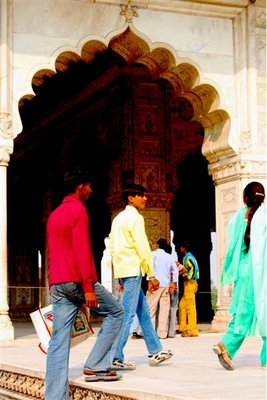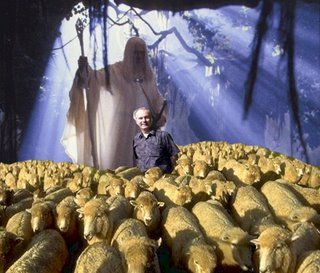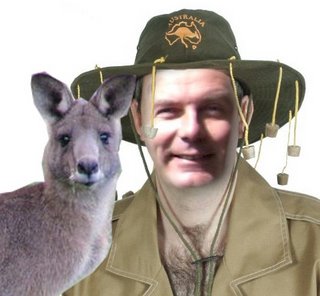kathmandu (1)
 Exotic doesn’t begin to describe this city. Every few steps there are shrines and temples, dedicated to the Hindu pantheon, most of them active. People as they are passing bow, make an offering, turn the prayer wheels or ring a bell according to the particular devotions they follow. Each deity has his or her own powers that can be appealed to – from death, to life, to toothache. The grip of religion seems greater, or at least more overt, than even India.
Exotic doesn’t begin to describe this city. Every few steps there are shrines and temples, dedicated to the Hindu pantheon, most of them active. People as they are passing bow, make an offering, turn the prayer wheels or ring a bell according to the particular devotions they follow. Each deity has his or her own powers that can be appealed to – from death, to life, to toothache. The grip of religion seems greater, or at least more overt, than even India.Almost every road is lined with shops – most of them tiny – and in the old centre many of them are in the striking traditional style, even if many are badly decaying. Typically in brick with inserted elaborately carved hardwood screens and struts supporting projecting upper storeys and roofs.
In addition most open spaces and junctions are full of market stalls – often just a sheet on the ground with a few vegetables brought in by local farmers, or just sold from the panniers on their bikes.
The day I arrive is a very auspicious one. Everywhere on the streets as it gets dark, small butter candles in clay pots appear, down the centre of the road, on the steps of chedi and temples and people gather around, to celebrate the peace treaty signed the day before between the interim government and the Maoists. It’s been declared a public holiday, and although no really overt shows of celebration, there is a real buzz of excitement on the streets.
My hotel, Dwarika’s, is a real oasis from the busy streets. It has been carefully restored (and discretely extended) in traditional style. The original owner recognised 30 years ago the importance of preserving traditional architectural forms, at a time when there was a risk they would be swept away. The buildings with their traditional carvings are very handsome, and the gardens restful. My room is in the central block, Lumbini, with windows and views in three directions. On arrival I received a marigold garland from the travel company and a yellow scarf from the hotel.
On the first full day I decided to just walk around on my own and see a few sites near the hotel – but it wasn’t to be. As soon as I arrived at Pashupatinath, which is the most holy site in Nepal, a young guy latched on to me and wouldn’t let go. He was actually very good at explaining everything, so it wasn’t really an imposition, but he got a good tip at the end ‘to help with my books for study’.
The site is on both sides of Kathmandu’s sacred river. It is the most auspicious place to die and to be cremated, and the bodies of everyone in the valley are brought here, usually within hours of death in the case of Hindus. Buddhists are also cremated here. I began to experience the intermingling of Hindu and Buddhist culture. There is a large temple dedicated to Shiva the destroyer on one side of the river and a series of small memorials containing lingams, stylised phallic symbols, on the other. Death and life, the eternal cycle in both religions.
Along the river edge are a series of platforms or ghats, six for the ordinary people, one for the elite and one for the royal family. All six of the first group had cremations under way, and one was being prepared at the elite ghat. I watched from just across the river as my guide explained. The body was laid out on a timber pile, in this case an old woman, garlanded with marigolds. The fire was started and the first burning coal is placed in the body’s mouth. Then more wood is piled on top and the flames and smoke take hold rapidly. Soon the smoke is reaching high above the temple roof. The ceremony is almost non-existent. A Brahmin in vest and sarong does the work while the relatives and others look on from the steps of the temple and nearby bridge, impassively. There is no emotion – the hope is the deceased will pass on to a better life, or reach the next level and escape the rebirth cycle altogether.
All around the place are sadhus, Hindu ascetics, covered in ash, half naked, and posing for the tourists for 20 rupees, though I feel a little too uncomfortable about this to take up the offer. There are also endless hawkers and it’s difficult to move for them. Tourist numbers are still down and you are an inevitable focus, from people who have little other opportunity to make money.
I also visited the nearby monastery that now serves as an old people’s home (and hospice – it is auspicious to die with your feet in the river). The people inside are many of them extremely aged and confused. It’s a sad sight, a waiting room for the next life.
Then I went with the guide up and over the monkey populated hill behind to the famous Tibetan Buddhist enclave, where the huge central stupa is a familiar image – a great whitewashed dome, a square element above painted with eyes, and crowned with a brass structure symbolising the seven stages of life, culminating in Nirvana. I visited one of the shops where monks and trainees produce devotional art, to assist meditation, and bought a couple.













